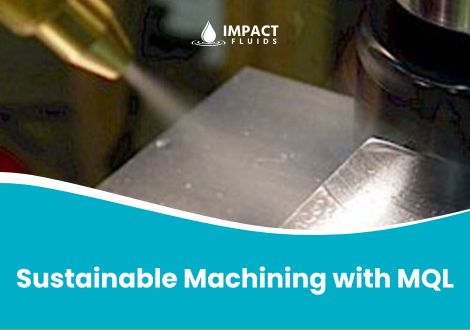 The furniture stamping industry is no stranger to the woes of market volatility over the past few years. While steel prices are finally returning to normal after supply chain issues during the pandemic, with the increased expense of labor and post-production processes, there is no break in the rising costs of doing business. That is why, to stay competitive, furniture stamping companies must take advantage of operational efficiencies wherever they can. One such strategy is industrial fluid reduction.
The furniture stamping industry is no stranger to the woes of market volatility over the past few years. While steel prices are finally returning to normal after supply chain issues during the pandemic, with the increased expense of labor and post-production processes, there is no break in the rising costs of doing business. That is why, to stay competitive, furniture stamping companies must take advantage of operational efficiencies wherever they can. One such strategy is industrial fluid reduction.
News & Articles
 How Industrial Fluid Reduction in the Stamping Industry Improves Environmental Compliance with the EPA, OSHA, and ISO 1401
How Industrial Fluid Reduction in the Stamping Industry Improves Environmental Compliance with the EPA, OSHA, and ISO 1401
As environmental concerns continue to grow and environmental regulations become more stringent, industrial fluid reduction is an essential strategy metal stamping companies can implement to remain compliant with the Environmental Protection Agency (EPA), Occupational Health & Safety Administration (OSHA), and local environmental regulations and meet the requirements of environmental standards like ISO 14001.
 Flood coolant systems, where a constant stream of coolant is applied during cutting applications, have long been the choice of manufacturers to lubricate, disperse heat, and remove chips to prevent tool wear and improve part quality. Flood cooling requires enough fluid to immerse the entire cutting zone completely. While flood cooling works, premier manufacturing organizations must continuously look at ways to improve their production methods to stay competitive in a global market.
Flood coolant systems, where a constant stream of coolant is applied during cutting applications, have long been the choice of manufacturers to lubricate, disperse heat, and remove chips to prevent tool wear and improve part quality. Flood cooling requires enough fluid to immerse the entire cutting zone completely. While flood cooling works, premier manufacturing organizations must continuously look at ways to improve their production methods to stay competitive in a global market.
Top Three Benefits of Using Less Metalworking Fluid in Your Stamping Process
 There is a time and a place for friction. Without friction, we wouldn’t be able to walk, drive a car, write on paper, hammer a nail into a wall, or warm up our hands by rubbing them together. But too much friction in a stamping or metalworking process has profound implications, from tool wear to scrapping parts. Thanks to the work of Leonardo DaVinci, who was one of the first to experiment with fluids in his study of friction and machine operations, as well as countless inventors and physicists, today, we have a solid understanding of the impacts of friction and how to control it using metalworking fluids or stamping fluids.
There is a time and a place for friction. Without friction, we wouldn’t be able to walk, drive a car, write on paper, hammer a nail into a wall, or warm up our hands by rubbing them together. But too much friction in a stamping or metalworking process has profound implications, from tool wear to scrapping parts. Thanks to the work of Leonardo DaVinci, who was one of the first to experiment with fluids in his study of friction and machine operations, as well as countless inventors and physicists, today, we have a solid understanding of the impacts of friction and how to control it using metalworking fluids or stamping fluids.




